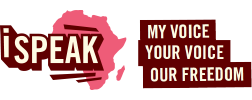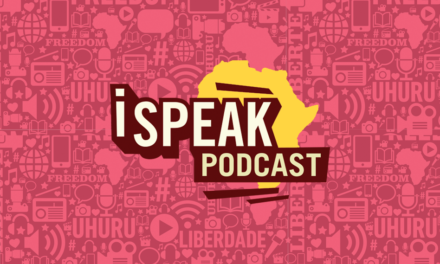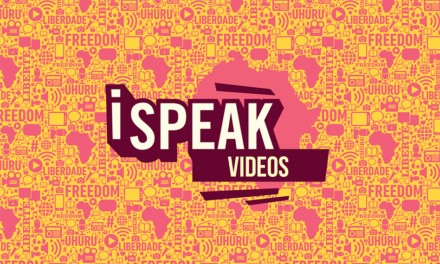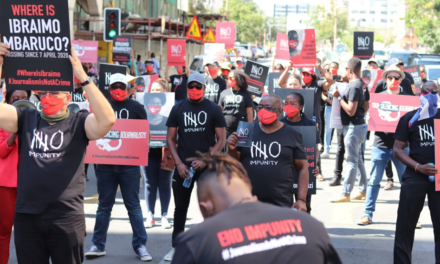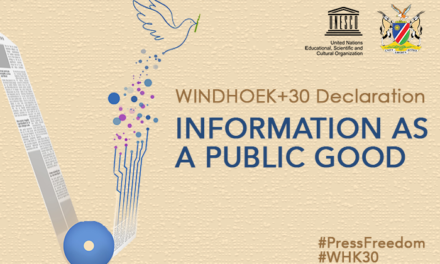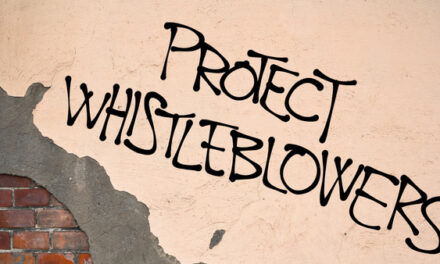
Surviving to tell the story of South Sudan
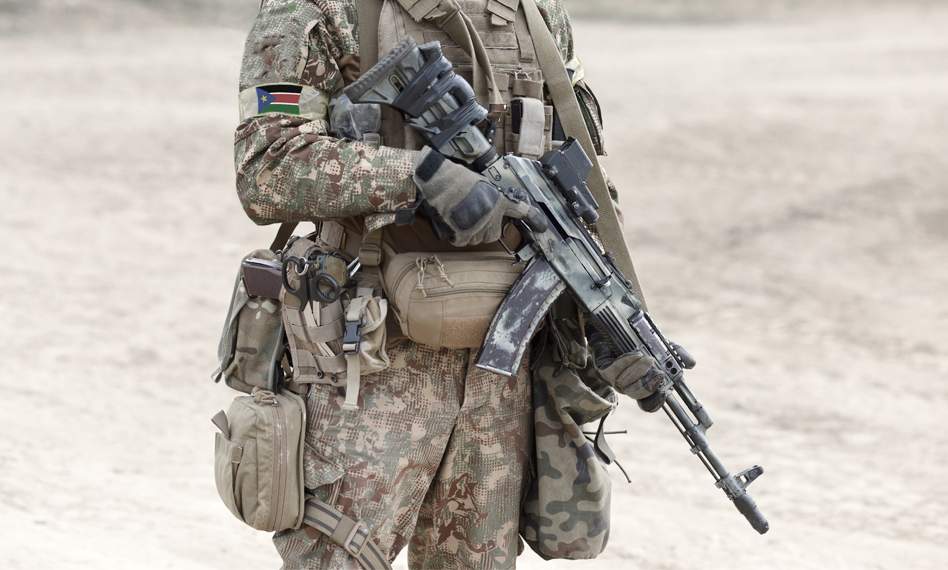
Safety and security in volatile countries
In many parts of South Sudan, a person wearing civilian casual clothes walking through the streets while carrying an AK47 machine-gun on the shoulder can survive arrest, but one with a big camera on the shoulder cannot.
John was carrying a camera when the security man asked him to follow him, confiscating the camera eventually. He was an independent journalist going to cover the arrival of the wounded businessmen and cattle keepers who were being brought in from the town of Maridi, after being wounded during the clashes that took place on 26 December 2019 between cattle keepers from Lakes State and the farmers in Maridi. Ironically it was the cattle herders who were armed with rifles including AK-47s.
An alert on John’s arrest was immediately issued by the Association for Media Development in South Sudan (AMDISS), a membership network of media organizations that leads advocacy and training across the industry. AMDISS’ officers went to rescue their colleague and secure his equipment. John’sarrest is not an exception but the norm in South Sudan. As one participant at a training workshop once said in Juba in 2016, “Carrying the camera in South Sudan is in itself an invitation to personal insecurity”.
Arrests of journalists can take place anytime and anywhere in South Sudan. On October 27 2020, the Chamber of Commerce in Central Equatoria called a press conference to talk about the rising prices of commodities in the country. Just as the briefing was underway, a group of National Intelligence and Security Service agents swarmed the venue. They didn’t arrest the officials giving the press conference, but went after the media, arresting and detaining five reporters. The journalists’ tools, including cameras and recorders were confiscated and those arrested were from various media outlets. The five journalists were later released after six hours and were told not to publish or broadcast the story. Their crime, according to the security agents, was that the journalists were reporting on the streets and in market places without a letter of permission from the Media Authority.
This story is just one of many of the struggles that journalists face in South Sudan.
It becomes even more difficult when one is seen attempting to take photographs. A journalist’s camera is associated as “a tool of the spy” for an enemy – in the context of the country’s polarised and often violent politics.
Moreover, the majority of South Sudanese are fearful of talking to the media in order to avoid intimidation. To them, doing so might result in arrest or detention by the government security operatives. Consequently, mainstream media suffers.
Hope has been found in new online-based media including social media platforms such as Facebook, that are taking centre stage as alternative sources of receiving and sharing information.
In May 2019, a social media agitation of threats, by a movement that called itself the Red Card Movement (RCM) caused mayhem in political circles for announcing it was preparing to topple the government. This prompted the government to abort planned celebrations to mark the Sudan People’s Liberation Army or Liberation day. Instead, a heavily armed military took over the streets of Juba to monitor the situation. The exercise cost the government a lot in terms of time, effort and money.
The truth however was that the Red Card Movement was an online movement that seems to have neither structure nor any tangible plans to cause violence or lead any protests. But as a result of their online presence, they, however, succeeded in sending the message of a need for good governance in South Sudan.
Historical origins
What fuels this environment of media repression is located in the history of the country.
South Sudan, the youngest country on the continent, was, until 2011, part of Sudan. The practice of journalism, was at some point, controlled by the security apparatus with little, if any, space for independent journalism. Independence of the media was limited, if not outright non-existent. Draconian laws made it hard for the media to blossom. National security officials had to approve the content of a publication or broadcast beforehand. On attainment of its Independence, the culture and practices of the ‘old Sudan’ were passed onto its new authorities in the now South Sudan. The majority of the people currently occupying public office in South Sudan worked within the previous system of Sudan so attitudes and practices have not changed. The same old repressive laws were copied and pasted and used against the media in the new state.
The high hopes of peace and stability expected in South Sudan were dashed with the ensuing civil war pitting former allies. The civil war has marked South Sudan as one of Africa’s conflict-ridden countries in which peace has been elusive. The country is struggling to rebuild its crippled institutions through a transitional peace accord signed in 2018 and meant to resolve an ongoing internal armed conflict that started barely 2 years after independence. It is risky to practice journalism amid militarized protagonists. Since 2012, 12 journalists have been killed in South Sudan under various circumstances and none of the investigations into the killings have been conclusive and or made public.
In research on the status of safety and security in South Sudan, carried out by AMDISS in 2020, and involving 91 respondents – made up of journalists and editors – 57% reported not receiving help from the authorities in the face of adversity, abuse, harassment in the course of duty. When asked whether journalists feel protected by the Media Authority (MA) to carry out their work, 52% reported that they do not feel so, while 47% agreed that the MA has been somewhat protective of journalists. In 2020 alone, AMDISS recorded 60 cases of media violations of various nature.
A ray of hope
The fact that half of the journalists thought the Media Authority has been helpful, is a step in the right direction. Part of the reasons for this is that the authority grew out of efforts largely steered by AMDISS to convince the government to enact democratic media laws.
South Sudan media laws were enacted in 2013, after 7 years of advocacy. These laws are, however, not being fully implemented and observed as some officials are resistant to change. In addition, the bodies discharging the said laws have not been fully established due to a lack of political will. This lethargic approach to the implementation of media policies is exemplified by the non-renewal of the Media Authority Board which expired in 2020. This has resulted in stagnation on the push for a vibrant and independent media, thereby perpetuating a state of impunity on crimes against journalists.
Despite all the safety and security concerns of journalists in South Sudan, many journalists have survived to continue telling their story in this volatile situation even after being arrested, detained, harassed and often released without charge. In some parts of South Sudan journalists are forced to take political sides or face arrest for harassment. It is remarkable that media workers have survived the odds and maintained their role in keeping both the people of South Sudan and the international community informed on developments in the country.
My hope, concerning the safety and security needs of journalists in South Sudan, is that journalists remain alert and aware of security triggers and take measures to protect themselves.
At the end of the day, there is no story worth losing one’s life for.
Overall safety and security of journalists can be improved when policy decisions to foster a democratic media and information landscape are put into practice without prejudices.
For example, the Media Authority (MA) has to wholly protect media interests and act independently of the interests of other authorities.
The MA must defend journalists being persecuted from unlawful arrests and must create all the necessary units responsible for arbitration and safety as provided for under the media law.
The National Security Service should avoid arresting journalists with impunity and seek mediation over arrests. The seizure of newspapers and removal of articles at the printing press, which happens often, has to end.
No media house should be closed down by any security organization as experienced in the past without a court order. These attacks have caused a shrinkage of media. In 2014, South Sudan had over ten newspapers but by 2021 on four are operational.
Photo: Soldier with an assault rifle and flag of South Sudan on military uniform (Shutterstock).
